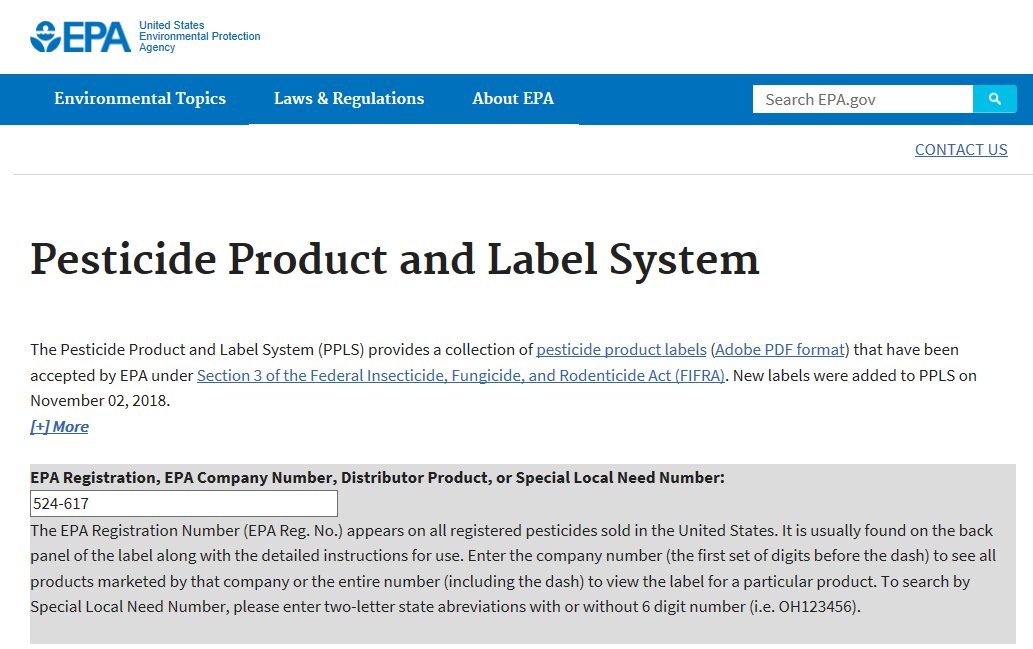


Treatment for a 6-week period at above 20☌ is necessary to ensure maximum efficacy.Most effective when applied as dry grain is augured into a bin during harvest.
#Sylo insecticide skin
Ěbsorbs waxy layer on insect skin causing death by desiccation of insect.INSECTICIDES FOR DIRECT APPLICATION TO GRAIN : There are several insecticides available for treating cracks and crevices in buildings or empty bins and other storage containers : INSECTICIDES USED FOR STORAGE STRUCTURES : When stored grain is properly maintained, there is less chance of mould growth and insect infestations and subsequent damage to grain quality. When grain is warm, it emits odours that attract insect pests from great distances. They can migrate distances that are greater than just a few metres. Many stored product insect pests are strong fliers. Secondary insect pests require mould or damaged grain kernels infested by primary insect pests to survive.Primary insect pests have the ability to infest, feed and reproduce on whole, sound grain.Insect pests in stored grain are considered either primary or secondary. Keeping areas around grain bins clean helps prevent insect infestations in stored grain.Various weed seeds discovered in a grain shipment can result in a prohibition of export. Weeds or volunteer cereal grains around bins attract insect pests. Weed management around bins is as important as controlling weeds in the field.It also seals grain bins from moisture that can lead to spoiling and a reduction in grain quality. Weather-proofing grain bins helps keep out insects.

Maintaining Grain bins will protect grain and maintain its optimum quality.This is especially important prior to harvest. Ĝleaning and treating structures before filling them.Removing spills or grain lying outside of bins.Thoroughly cleaning the inside of the bin.The following measures are effective and simple ways of preventing pest development: In some cases we might have unwittingly provided an ideal living environment for insects even before grain is stored. Insect pests in stored grain need certain living conditions to feed, reproduce and survive. So, the pesticides and insecticides should be used in a controlled way following the strategies to have minimal residual effect on the consumers. The pesticides and insecticides used in the storing process of feed in the godowns can affect the livestock and mankind. The positive side of the use of pesticides include enhancement of economic potential in terms of increased production of food and fiber as well as prevention of vector-borne diseases, whereas on the negative front this resulted in serious health implications to man and his environment in the form of variety of known and unknown toxic symptoms. Scientific evidence suggest that even such low dose but long term exposure can cause serious health hazards to human health and environment as well. The persistence nature of some of these pesticides led to their accumulation in animal tissues and subsequently causes human dietary exposure to these pesticides through consumption of animal products viz. Since then various synthetic pesticides are used for protection of crops and public health. PhD Scholar, Department of Animal Nutrition, West Bengal University of Animal & Fishery Sciences, Kolkata, West Bengal – 700037, IndiaĮmail: of pesticides in India began in 1948 when DDT was imported for malaria control and BHC for locust control.


 0 kommentar(er)
0 kommentar(er)
